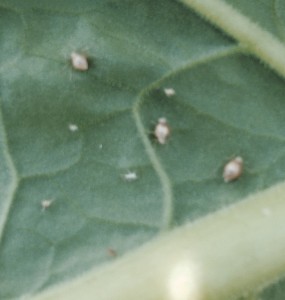Tobacco Insect Scouting Report, September 4 2015
go.ncsu.edu/readext?371133
en Español / em Português
El inglés es el idioma de control de esta página. En la medida en que haya algún conflicto entre la traducción al inglés y la traducción, el inglés prevalece.
Al hacer clic en el enlace de traducción se activa un servicio de traducción gratuito para convertir la página al español. Al igual que con cualquier traducción por Internet, la conversión no es sensible al contexto y puede que no traduzca el texto en su significado original. NC State Extension no garantiza la exactitud del texto traducido. Por favor, tenga en cuenta que algunas aplicaciones y/o servicios pueden no funcionar como se espera cuando se traducen.
Português
Inglês é o idioma de controle desta página. Na medida que haja algum conflito entre o texto original em Inglês e a tradução, o Inglês prevalece.
Ao clicar no link de tradução, um serviço gratuito de tradução será ativado para converter a página para o Português. Como em qualquer tradução pela internet, a conversão não é sensivel ao contexto e pode não ocorrer a tradução para o significado orginal. O serviço de Extensão da Carolina do Norte (NC State Extension) não garante a exatidão do texto traduzido. Por favor, observe que algumas funções ou serviços podem não funcionar como esperado após a tradução.
English
English is the controlling language of this page. To the extent there is any conflict between the English text and the translation, English controls.
Clicking on the translation link activates a free translation service to convert the page to Spanish. As with any Internet translation, the conversion is not context-sensitive and may not translate the text to its original meaning. NC State Extension does not guarantee the accuracy of the translated text. Please note that some applications and/or services may not function as expected when translated.
Collapse ▲This week was busy with the final primings at nearly all of our remaining sites. We will continue reporting our observations at Piedmont 2 until harvesting is complete. Although we didn’t see any worms at that site, we did see aphid infested plants at one of our on-farm sites for the first time this season. We record the percentage of parasitized aphids, and on both plants we did see a fair amount of parasitism. Parasitized aphids, pictured above, have a bloated appearance and will look white or light brown rather than red or green. The red color form is most common during hot NC summers. Regardless of color, aphids are most often found on suckers or the underside of upper leaves. Flea beetles are also still present, but at low populations in both fields. Even with beetles in the field, most plants continue to have a low rating for flea beetle damage.
Piedmont 2
Scouting Report, Piedmont 2 – Grower Standard Field
| Insect observation | No. aphid infested plants | Flea beetles per plant | Percent tobacco budworm infested plants | Hornworms per plant | Percent cutworm damaged plants | Other insects |
| Treatment needed? | 0 – No treatment | 1.96 flea beetles/plant– No treatment | 0% infested – No treatment | 0% – No treatment | 0 – No treatment |
Scouting Report, Piedmont 2 – IPM Field
| Insect observation | No. aphid infested plants | Flea beetles per plant | Percent tobacco budworm infested plants | Hornworms per plant | Percent cutworm damaged plants | Other insects |
| Treatment needed? | 2 – No treatment | 2.56 flea beetles/plant– No treatment | 0% infested – No treatment | 0% – No treatment | 0 – No treatment |
More information
Tobacco insect scouting methods – Tobacco Growers Information Portal



